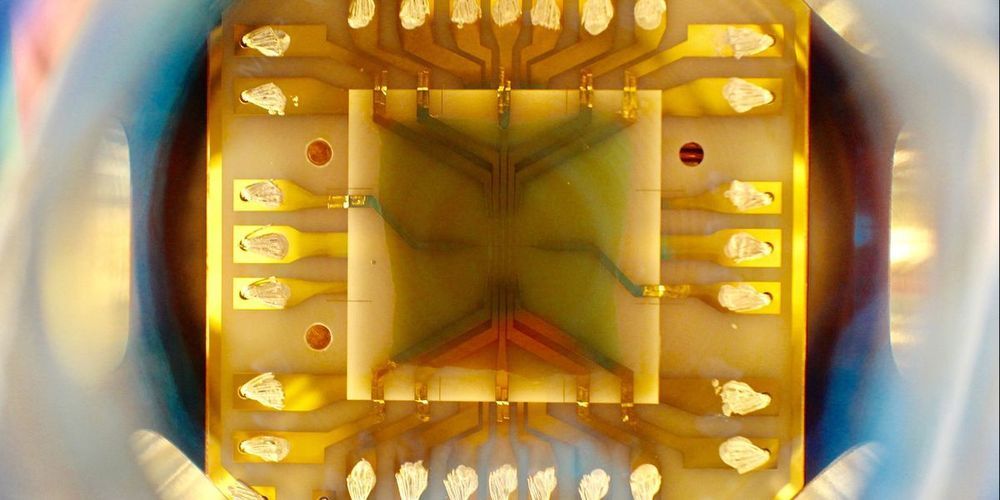Circa 2015.
LEDs have come a long ways. From the early 70s when a bulky LED watch cost thousands of dollars to LG’s announcement last month that it had created an OLED TV as thin as a magazine, these glowing little bits of magic have become wonderfully cheap and impossibly small. But guess what: they’re about to get much smaller.
A team scientists from the University of Washington just built the world’s thinnest possible LED for use as a light source in electronics. It’s just three atoms thick. No, not three millimeters. Not three nanometers. Three atoms.
“These are 10,000 times smaller than the thickness of a human hair, yet the light they emit can be seen by standard measurement equipment,” said Jason Ross, a UW materials scientist and graduate student who helped with the research. “This is a huge leap of miniaturization of technology, and because it’s a semiconductor, you can do almost everything with it that is possible with existing, three-dimensional silicon technologies.”








